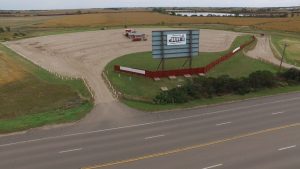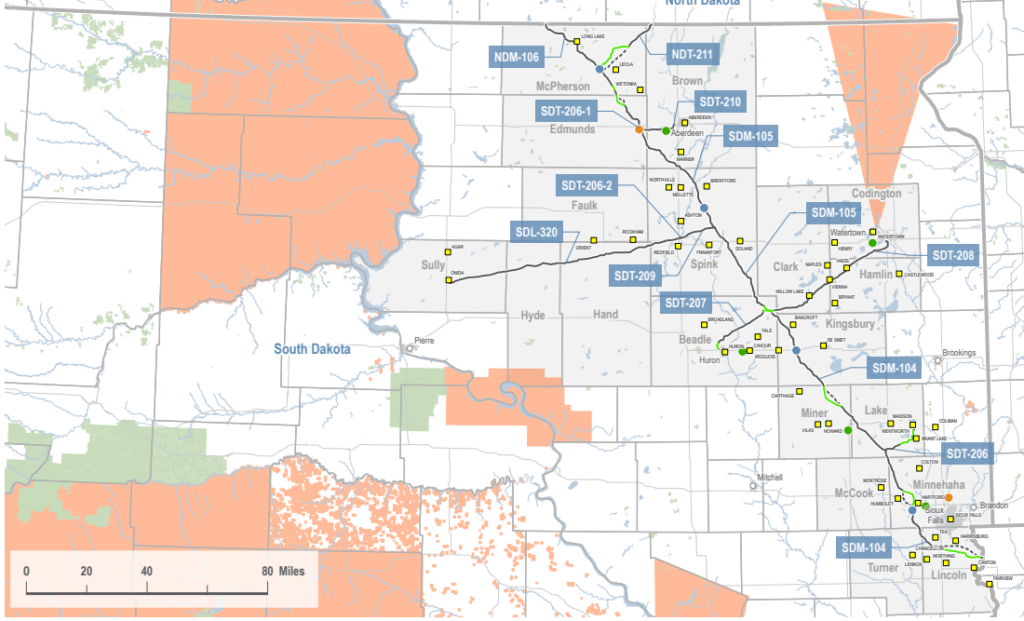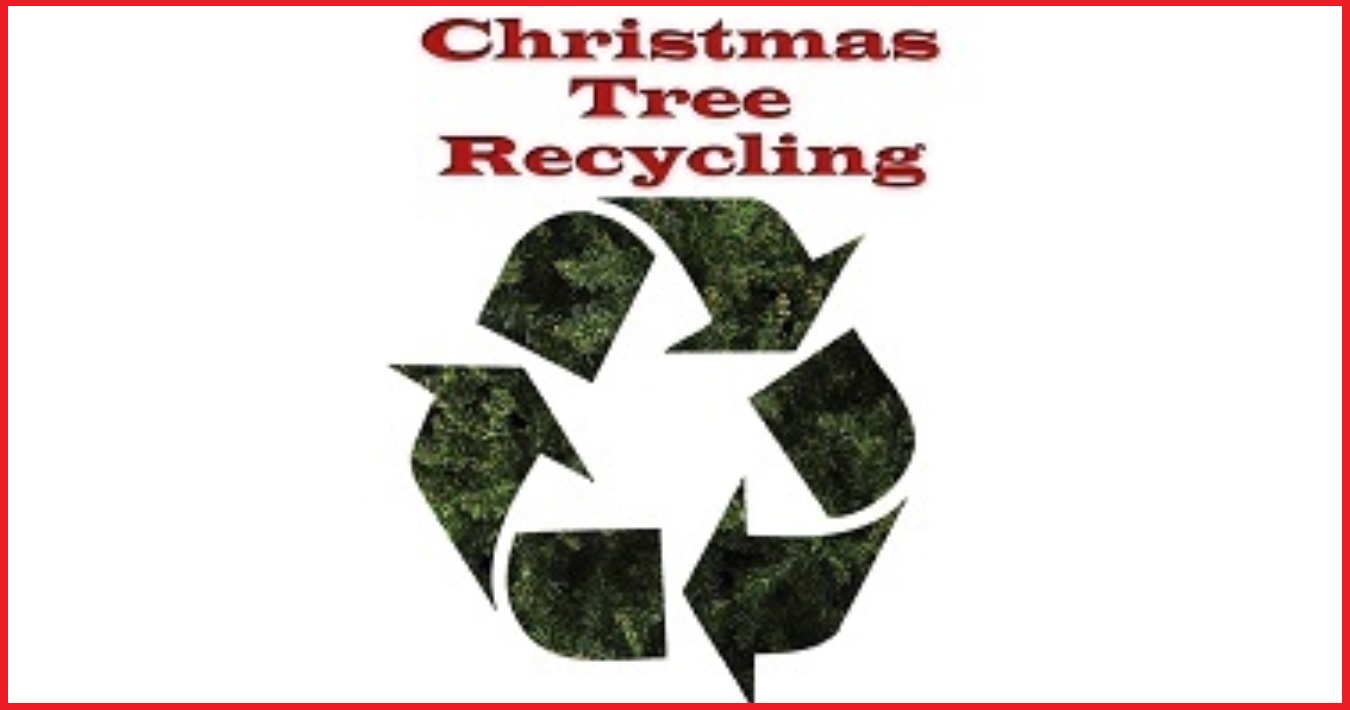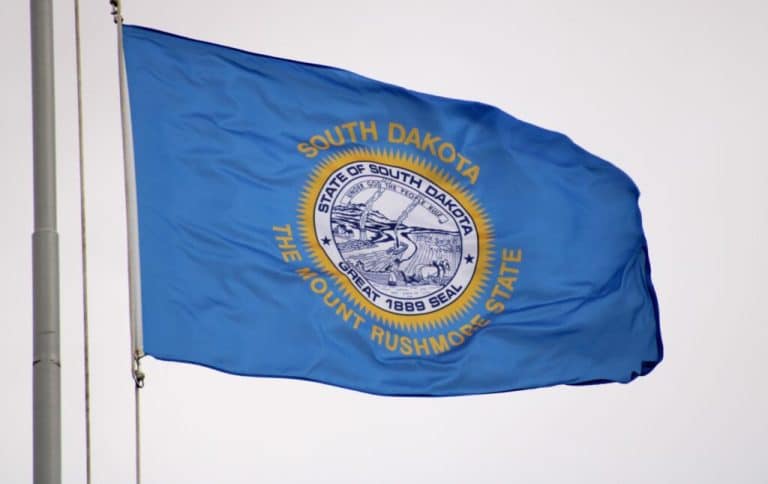PIERRE, S.D. = State officials are recommending a water-rights permit for a carbon dioxide pipeline company, but some nearby residents who use the same aquifer fear they could be negatively affected.
A corporate entity affiliated with Summit Carbon Solutions, called Redfield SCS Capture, has applied to drill a well that could take up to 21 million gallons of water per year from the Dakota Aquifer, which is an amount equivalent to about 32 Olympic-sized pools.
The well would be about 1,100 feet deep and located a few miles north of Redfield, in the same area as the Redfield Energy ethanol plant, which is a partner in the Summit pipeline project.
The state Department of Agriculture and Natural Resources said in a written statement to South Dakota Searchlight that the water will be used for “non-contact cooling.” The department provided no further information, and Summit did not respond to multiple Searchlight messages. Other sources interviewed for this story speculated the water will be used to cool pipes carrying pressurized carbon dioxide.
After its use, the water would be discharged into a local waterway, DANR’s report says. The report does not say which body of water, but the site is near Turtle Creek and the James River.
Summit Carbon Solutions wants to capture carbon dioxide emitted from ethanol plants in five states. The gas would be pressurized into a liquid form and transmitted via pipelines to North Dakota for storage underground, to prevent the gas from trapping heat in the atmosphere. For its purported value in helping to fight climate change, the $5 billion project would be eligible for up to $1.5 billion in annual federal tax credits.
Neither DANR nor Summit responded to questions about whether Summit will apply for new water rights and wells at other locations.
The water source, the Dakota Aquifer, is a porous rock and sand formation where water gets stored as it trickles underground. It underlies about 66,500 of South Dakota’s 77,000 square miles of land. A 1982 report cited by the state indicated the aquifer held about 124 trillion gallons of “recoverable water storage” east of the Missouri River in South Dakota.
In a June 29 staff report, state Chief Engineer Eric Gronlund recommended approving the application, saying there’s enough water available for it, it’s unlikely to harm existing water users and it’s for a useful purpose.
Permit gets contested
Because some nearby residents sent opposition comments to the state during a public comment period, the proposed permit will be the subject of a contested case hearing this fall.
One of those nearby residents is Debra Curtis, who ranches about 2.5 miles from the proposed Summit well and fears it would “reduce the water pressure and flow of my well.”
Dave and Stacey Marlow wrote to the department that their drive-in theater “will not have adequate water pressure to continue business” if the project is permitted.
“I was told that much water being extracted will create a cone-shaped vacuum into the aquifer,” Dave Marlow told South Dakota Searchlight. “And for wells only a mile or so away, like ours, there’s just not enough pressure.”

Pheasant City Drive-In is located 1 mile north of Redfield on Highway 281, about a mile south of a proposed well for the Summit Carbon Solutions pipeline. (Courtesy of Stacey Marlow)
Jay Gilbertson manages the East Dakota Water Development District, based in Brookings. He said Marlow was referring to a “cone of depression,” a term describing the shape that forms in the water table around a well when water is pumped out – like drinking a milkshake through a straw.
“When water is pumped out of a well, the water level closer to the well goes down,” Gilbertson said. “If too much water is taken out, it can cause problems for the wells in the surrounding area.”
Gilbertson also referenced language in the state staff report that says if problems with existing residential systems occur, the company has to stop or at least reduce its usage.
Bureaucratic processes
Dave Marlow said a state employee told him he could “see a drastic decline in pressure” and that a lot of paperwork and bureaucracy would stand in the way of stopping Summit Carbon Solutions from pumping.
“I know the guy’s name but I really don’t want to give it out,” Marlow said.
Debra Curtis said a state employee she declined to identify told her something similar. But when she tried to contact the employee again, she was unable and was later referred to Ian Fury, the governor’s spokesperson.
“He assured me that as a resident, we’d have priority over the company,” Curtis said. But she remains skeptical about how long it would take to force a large pipeline company to stop pumping water.
The Department of Agriculture and Natural Resources did not immediately respond to Searchlight questions regarding the claims from Marlow and Curtis about the state employee who spoke with them.
Marlow said he and his wife only found out about Summit’s water-rights permit application by reading the legal section of their local paper.
“Most people have no idea what’s going on or that it’s even happening, and I think they’re going to have a big problem coming down the road,” Marlow said. “Nobody reads the notices in the paper anymore.”
To oppose the application, comments had to be filed with the state’s Water Rights Program by July 24.
South Dakota Searchlight sent the Department of Agriculture and Natural Resources questions about the proposed permit on July 11, July 13 and Aug. 10, but didn’t get a response until Aug. 11.
“The public notice period for this application has closed,” department spokesperson Brian Walsh wrote.
He added that three people or entities — Curtis, the Marlows and another rural Redfield resident, Brad Hekrdle — filed comments that automatically triggered a contested case hearing, which will take place Oct. 4 in Pierre before the state Water Management Board.
Meanwhile, the state Public Utilities Commission’s hearing on Summit’s pipeline permit application will begin Sept. 11 and is scheduled to run 13 days at the Casey Tibbs Rodeo Center in Fort Pierre.
The commission has already conducted hearings on another carbon pipeline, proposed by Navigator CO2, and is expected to issue a decision on that project soon.













